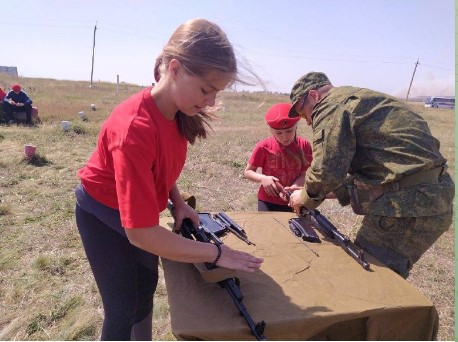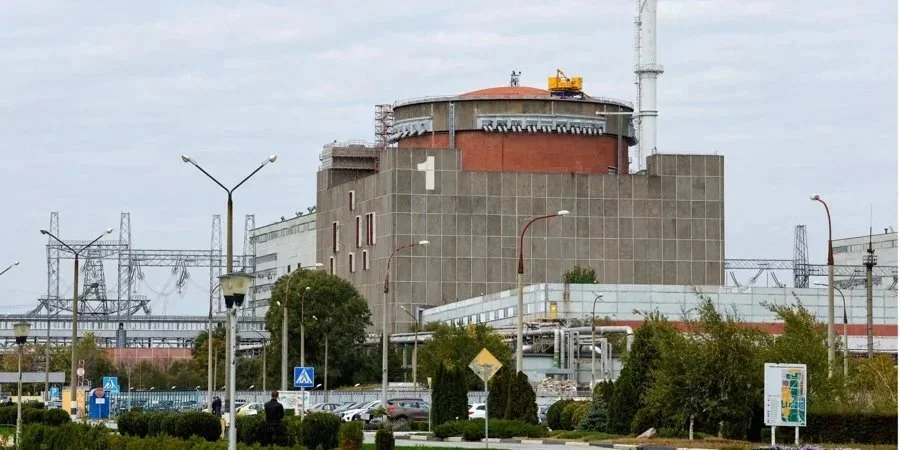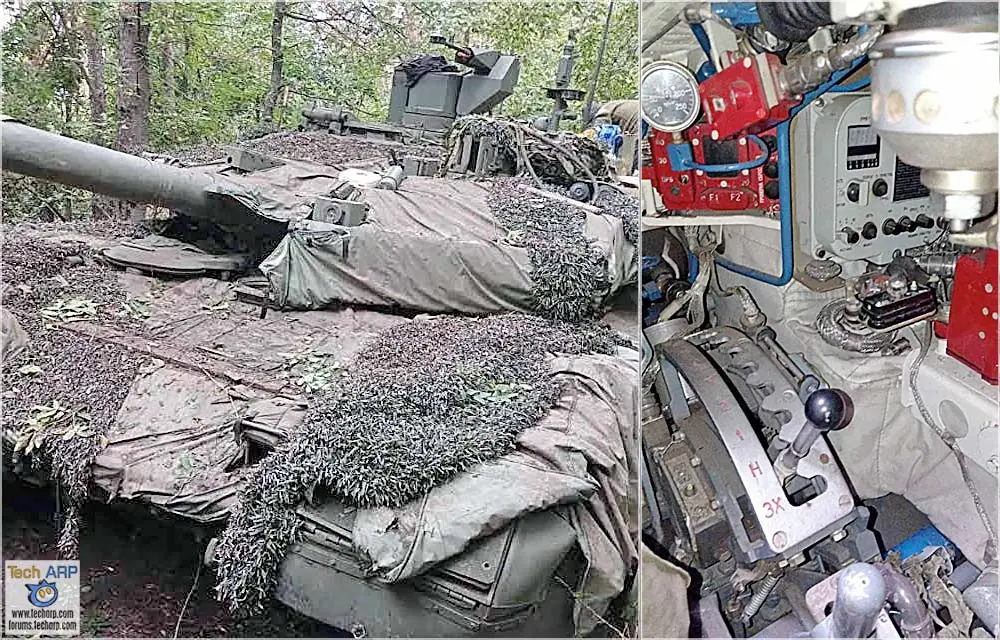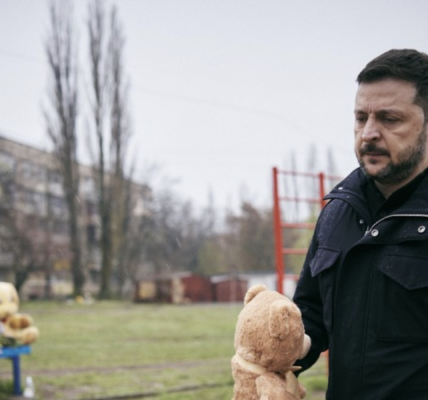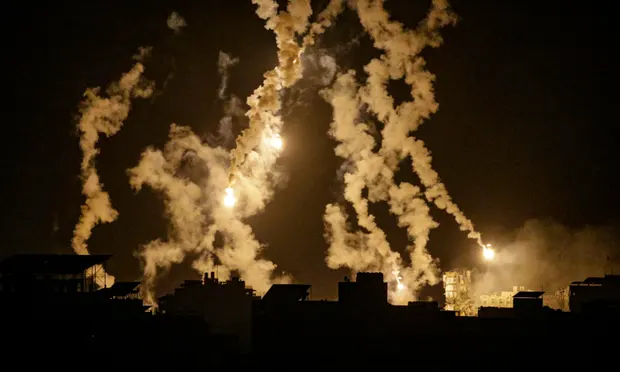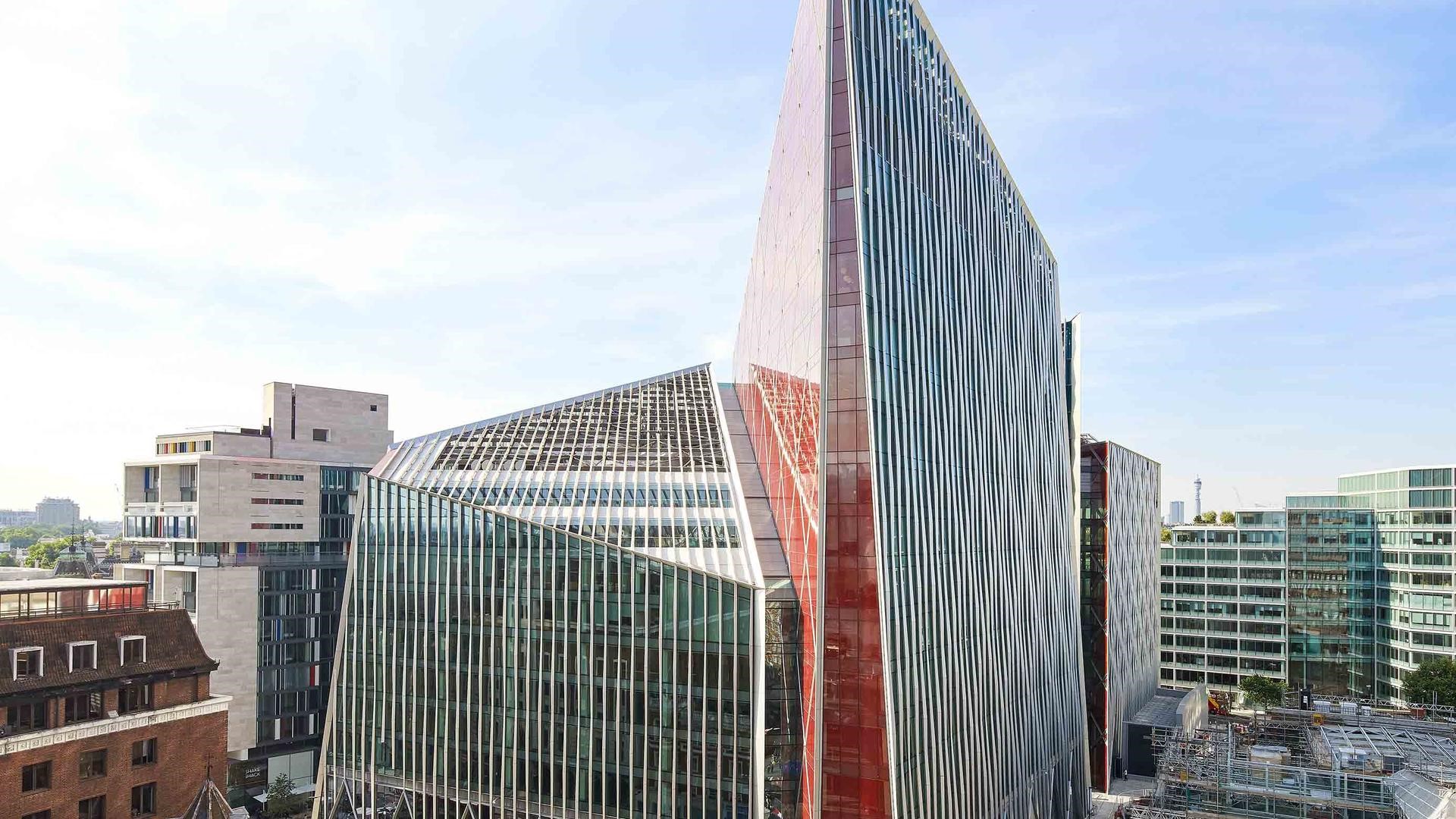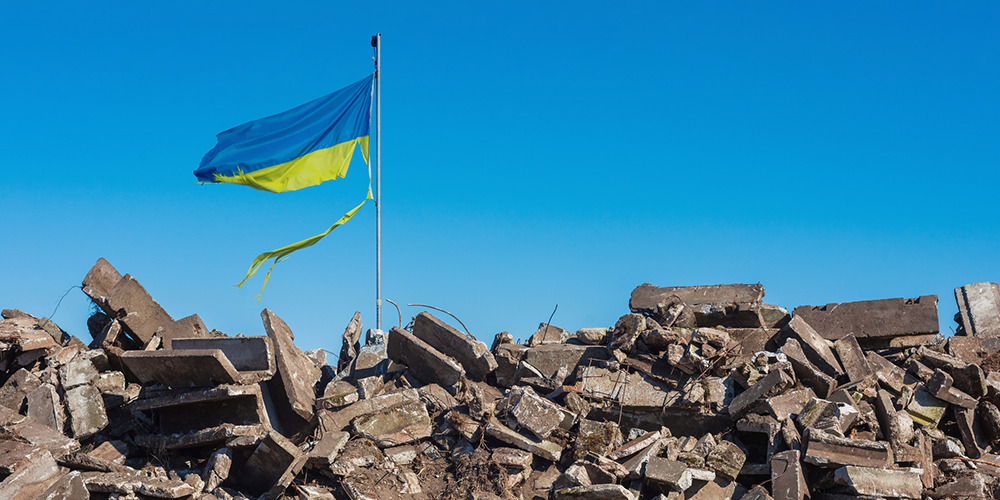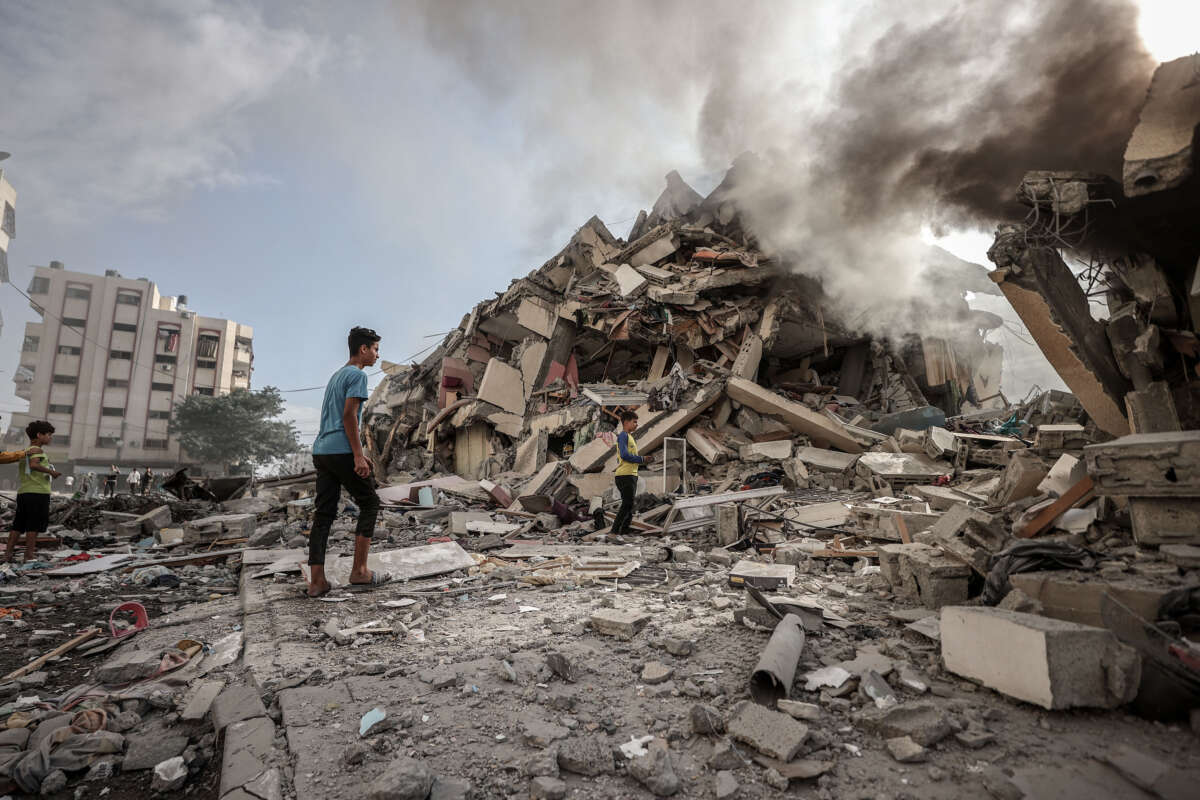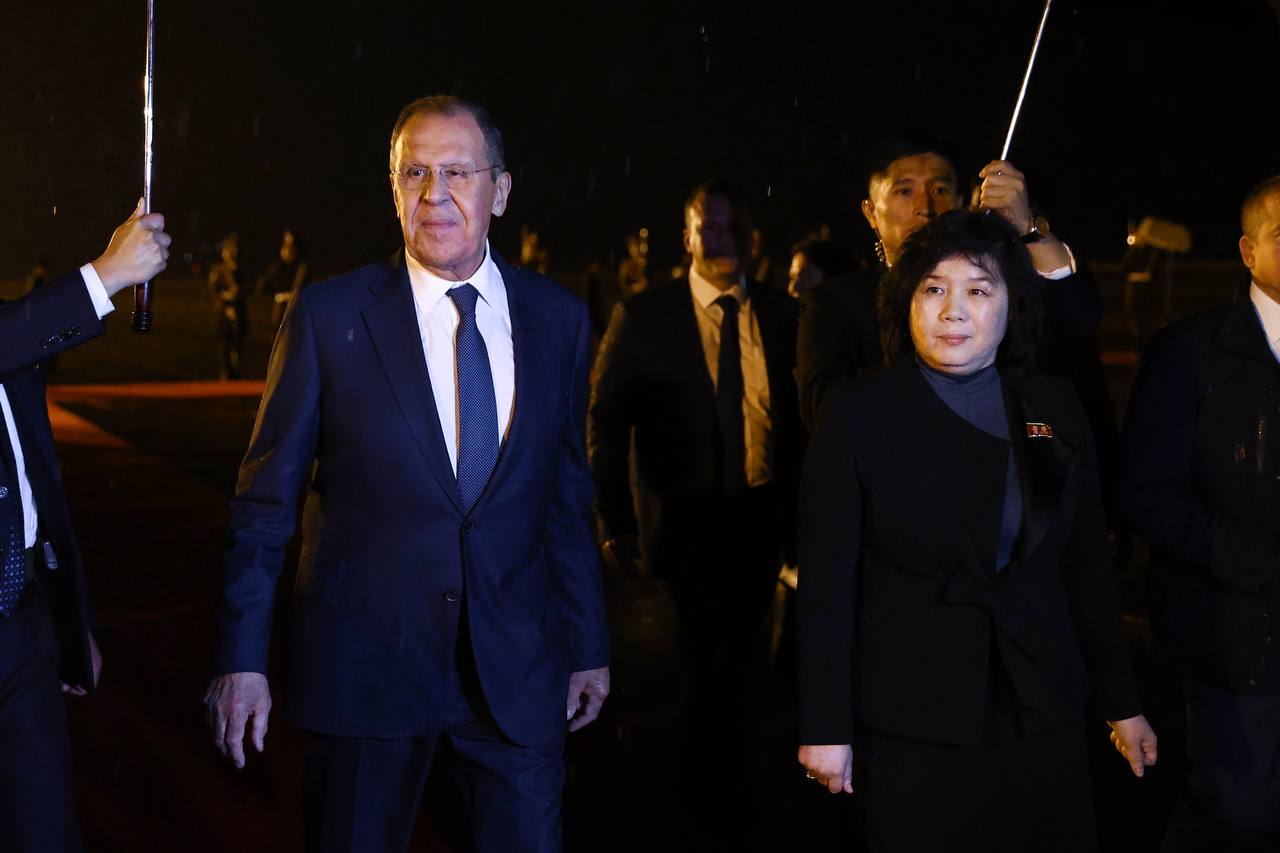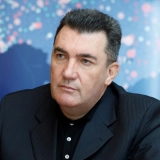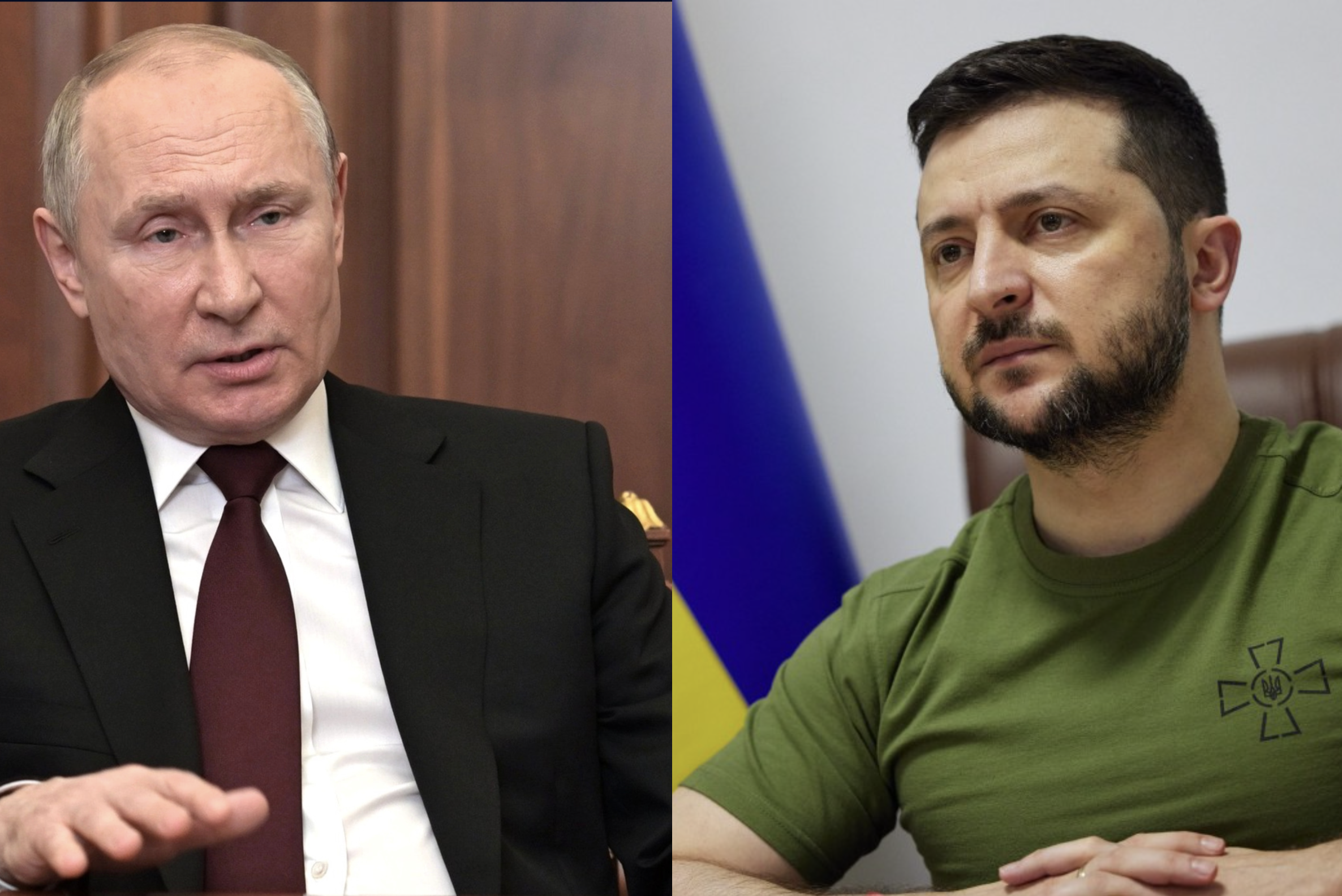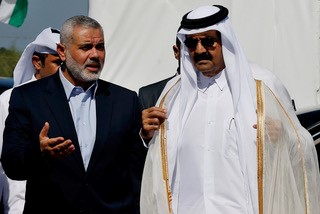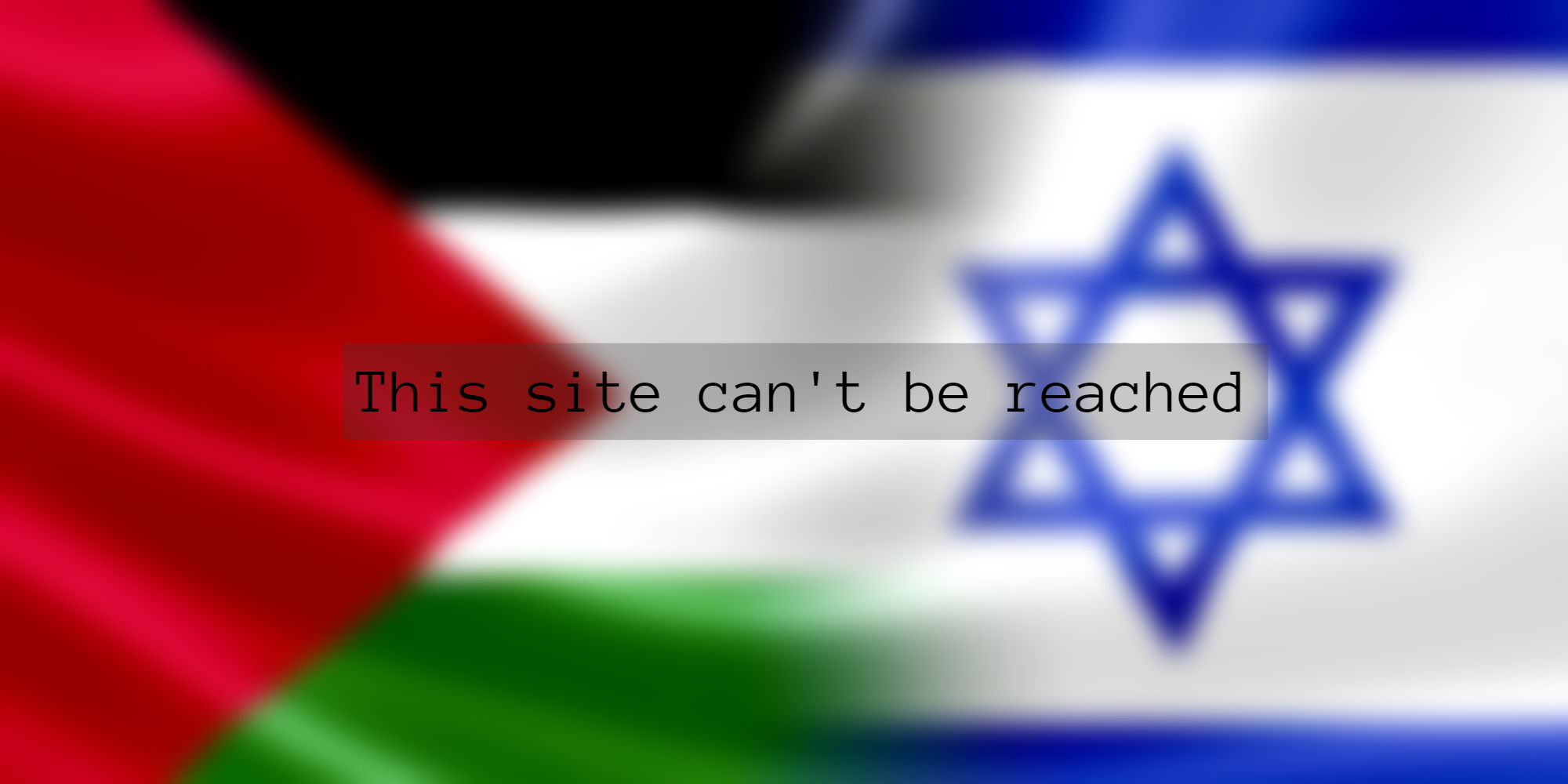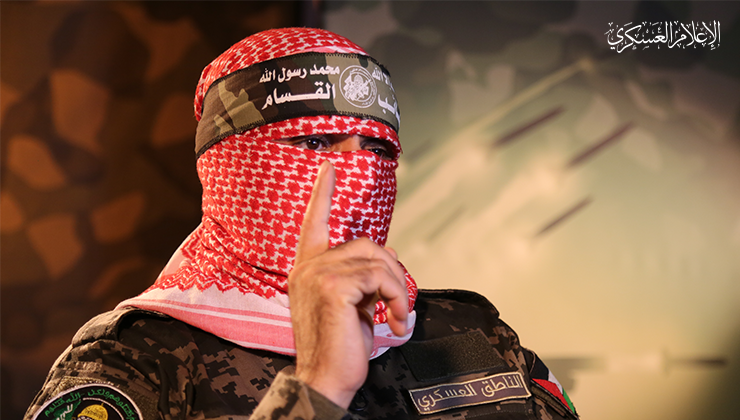Summer camps for indoctrination: Russians teach Ukrainian children how to fire guns
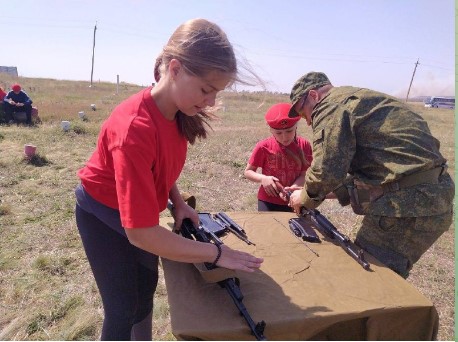
DISTURBING pictures have emerged of Ukrainian children in Russia-occupied Mariupol being trained in the use of firearms and mine sweepers
The images were passed to National Security News by the Oleksandr Merezhko, the chair of the Ukrainian Foreign Affairs Committee and an expert in International Law, who described Russia’s so-called “patriotic military” summer camps as an “appalling” attempt at brainwashing.
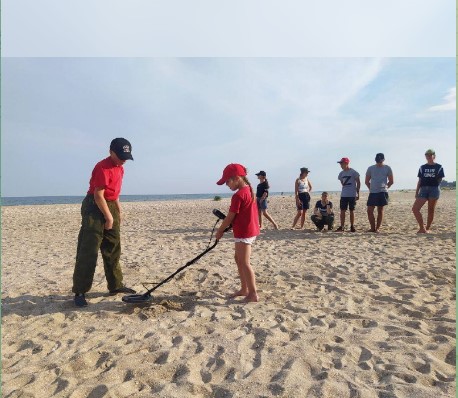
The images have been posted on the Mariupol city council telegram account and appear to be supported by articles which have appeared in pro-Putin publications, which described the children as attending “Young Vigilante” training in self-defence.
Missing from the majority of the Russian newspaper accounts, however, were images of the children – some looking no older than ten – being shown how to load and fire semi-automatic machine guns.
Mr Merezho added: “Such militarization and indoctrination of children in Russia and in the occupied territories remind totalitarian Soviet Union. In fact, Putin is trying to revive totalitarian Soviet practices in this respect. I believe that it is very dangerous and causes psychological trauma in children, creates a cult of military force in their mind.”
The publication of the images follows a warning back in March by the The Main Directorate of Intelligence of the Ministry of Defense of Ukraine, that Russia was intending to use child soldiers in the conflict.
The posts, which were also distributed on Facebook and Telegram, said that a lack of manpower has led to Putin and Defense Minister Sergei Shoigu considering the possibility of involving minors from the Yunarmy National Military Patriotic Social Movement Association in the conduct of a special military operation in Ukraine. It said the children would be aged between 17 and 18; however, they also pointed out that Yunarmy recruits join at the age of eight.
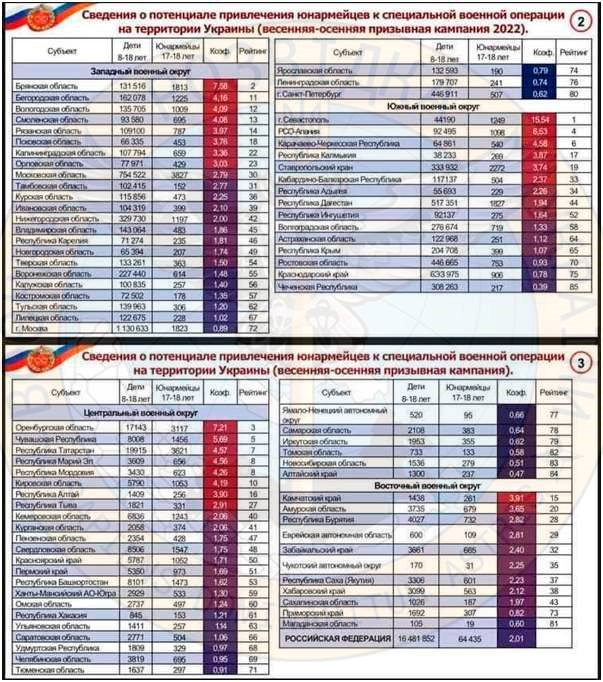
The Ukrainians also published an image of a document detailing information on a strategy to attract new members to Yunarmy for the special military operation in Ukraine (spring-autumn draft campaign 2022). This shows numbers of children in categories of ages 8-18 and 17-18 in various regions across Russia, alongside there are ratings.
In response, the Yunarmy website posted that this was a fabrication, adding the following statement:
“This is a fake. The Ministry of Defense did not issue such an order. The Ministry of Defense of the Russian Federation cannot issue orders for the organization of any events within the YUNARMIA movement. The organization has its own all-Russian and regional headquarters, which manage the work of the organization.
“The YUNARMIA detachments are not part of the Armed Forces and are linked to the regions of the Russian Federation, and not to the “military-administrative units of the Armed Forces.” There has been no such thing as a “military-administrative unit” in Russia since 2020, now there are only military districts.”
They also pointed “inconsistencies and errors,” such as incorrect formatting, missing deadlines for the execution of the order, and said that the numbering does not correspond to reality.
Whether it is mere propaganda or not, evidence does appear to be mounting that Russia is mobilising teenagers into its war with the Ukraine as its unsustainable losses continue to mount.
Badges and insignia belonging to military cadet corps – historically aged between 8 and 15 – and who are not supposed to be deployed in war zones, have been found on battlefields in Ukraine.
Last week, it also emerged that a 17-year-old anti-war protestor was ordered to attend a conscription centre after being arrested at an anti-mobilisation rally.
The disclosure comes after the Chechen leader Ramzan Kadyrov, an ally of Russian President Vladimir Putin, said on Monday he was sending three of his teenage sons — aged 14, 15 and 16 — to the Ukraine front.
Children aged 16 and 17 face being conscripted into the Russian Army and may be sent to fight in Ukraine, according to other reports.
The Chechen leader announced in a video posted on social media that his sons Akhmat, 16, Eli 15 and Adam 14 had been trained for combat.
In the video he said: “It’s time to prove themselves in a real fight, I can only welcome this desire,” Mr Kadyrov wrote on Telegram, posting a video of the young boys firing missiles in a shooting range.
He added: “Soon they will go to the front line and will be on the most difficult sections of the contact line.”
The video showed the boys in camouflage clothing and dark glasses, on tanks, guns strapped to their waists, shooting rocket launchers and machine guns.
The teenagers appeared to smile while shooting or made a thumbs-up gesture.
Human rights law declares 18 as the minimum legal age for recruitment and use of children in hostilities.
Recruiting and using children under the age of 15 as soldiers is prohibited under international humanitarian law and is defined as a war crime by the International Criminal Court. However, Russia does not recognise its jurisdiction.
In the UK, 16-year-old boys and girls are allowed to join the Armed Forces, but they will not be sent into war zones until one day after their 18th birthday. While in the US military, the enlistment age is 17.
Colonel Philip Ingram, a former British Army intelligence officer and NATO planner, said the enlistment of child soldiers by the Russian armed forces may already be happening.
He said: “The next step suggesting Russia’s continuing failure in Ukraine may have been indicated by his Chechen leader Ramzan Kadyrov on Monday saying he would send his three teenage sons to support the invasion of Ukraine.
“Whilst this is likely just bravado, it is clear the call up of 300,000 reservists is not going well with hundreds of thousands having left Russia to avoid the draft.
“The Russian parliament removed the upper age limit for the draft, however, should it consider lowering the age limit then that would cause much greater civil unrest and would likely indicate not just the imminent collapse of the Russian military but would suggest Putin’s regime is in its final moments.
“However, reports suggest that Patriotic camps have been established in the annexed areas where children as young as 15 have been receiving military training.
“In addition, I have seen a report where a 17-year-old, arrested at an anti-mobilisation rally has been ordered to attend a mobilisation. The unofficial recruitment of children may have already started.”
Another senior intelligence source said: “It’s only a matter of time before Putin issues a wider call to arms and if 16- and 17-year-olds ‘volunteer’ to serve in Ukraine, then they will be sent [to fight] with the message that they are fulfilling their patriotic duty. Russian losses are unsustainable.’”
Earlier this year, Ukrainian Parliament Commissioner on Human Rights Lyudmyla Denisova warned that the Russians had started the mobilisation of children in the occupied Luhansk and Donetsk regions of Ukraine.
She said, “The occupation authorities are conducting the mobilisation of children who participated in the so-called patriotic clubs, to the levels of illegal weapons formations.
“They have been doing military training and there have been deaths among these teenagers [in Ukraine].
“Now they are promoting the entry into the army of civilians, including children in the temporarily occupied territories.
“In doing so, the Russian Federation has violated the laws and customs of war provided by the 1949 Geneva Convention on the protection of civilians… and the rights of children. The recruitment of children is a violation of international law.”
Russia’s patriotic clubs have been described as indoctrination centres by campaigners.
The programme started in 2015, the year after the Russian invasion of Luhansk and Donetsk. Children are awarded certificates and medals to make it appear as though it is part of a normal curriculum.
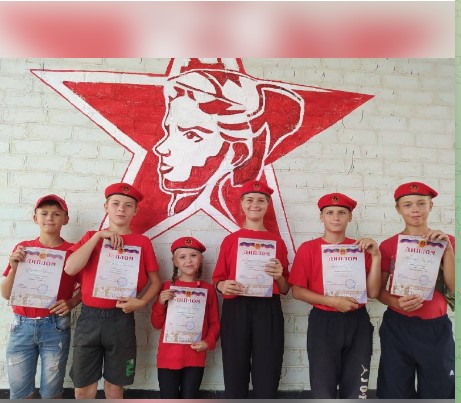
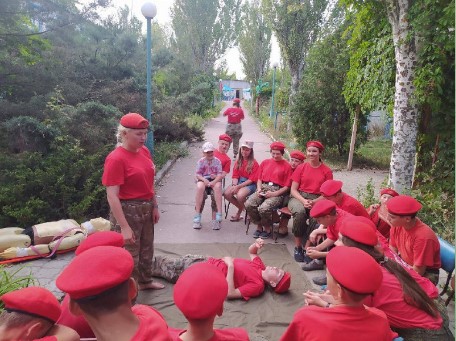
Meanwhile, two Russian generals are facing the sack after their troops disobeyed orders and retreated from a key Ukraine town, western officials have revealed.
Thousands of Russian troops fled the strategically important town of Lyman that guards an important river crossing, despite direct orders from Moscow to remain in place.
As the Ukraine counter-offensive gathers pace, the equally important city of Kherson in the south was also coming under pressure from three axes of attack, but President Vladimir Putin had allegedly ordered its 20,000 defenders to remain, despite the threat of encirclement.
There was now an increasing likelihood that the two Russian generals commanding the Army Group South and Army Group Centre will be dismissed from their post, the western sources said.
“We could well expect to see more command changes in the military,” an official said. “There is particular weight on the shoulders of two individuals, General Alexander Lapin and General Sergei Surovikin in the south. Above them we’ve seen broadening discontent with Defence Minister Sergei Shoigu and General [Valery] Gerasimov [head of armed forces].
There was an “increasingly strident tone in the criticism of Russian leadership” from Russian nationalists who felt “loss and even betrayal” over the defeats.
The sacking of General Surovikin would be a further humiliation for Putin as Moscow inflated his reputation as a victor in the Syria conflict when he took over the Ukraine post in early summer.
Western officials also said that the Ukrainian military was now “throwing problems at the Russian chain of command faster than the Russians can effectively respond” which was “compounding the existing dysfunction within the invasion force”.
The loss of Lyman, they said, demonstrated the dysfunction and confusion among Moscow’s commanders.
The town, which commands a key bridge across the Donets river, as well as an important road and rail junction, is politically important as one of the main urban areas in the recently annexed Donetsk area.
It was also defended by well-trained Russian forces, including specialist Arctic troops from the Russian Northern Fleet, volunteer reservists and regular soldiers from the 20th Combined Arms Army.
“They all appear to have withdrawn in poor order suffering high casualties from artillery fire as they attempted to leave the town to the east,” the western official said. It is understood that their casualties numbered more than 1,000 dead, wounded, or captured.
Unlike the orderly withdrawal from about 10,000 square kilometres of land in the Kharkov region two weeks ago, the retreat was more of a rout.

